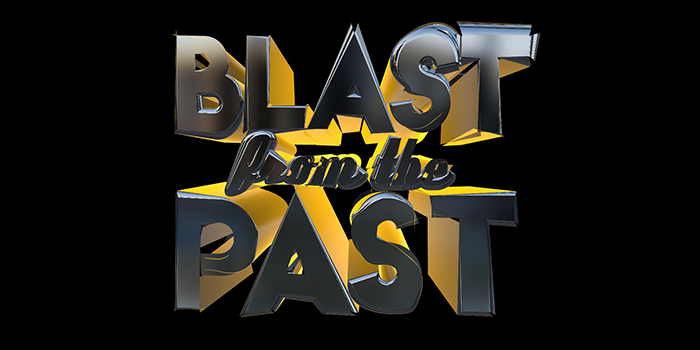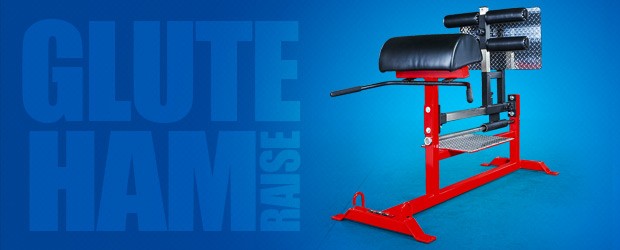
The world of strength training may be constantly evolving, but some principles are timeless. Some lessons never change. Among them is the importance of posterior chain development.
In this Blast from the Past video, Dave Tate walks through one of the most praised movements for building the posterior chain: the glute ham raise. Taking place during one of his real workouts in 2009, Dave demonstrates the way he likes to use the glute ham raise. He explains that typically this movement is done after your main lift on a squat or deadlift day, but he does also recommend it as part of a warm-up rotation before squatting or deadlift if the hamstrings are a weak point. For the workout shown in the video, Dave uses the GHR as a main hamstring movement.
He first shows how to properly set up the pad to enable you to contract the hamstrings at both the origin and insertion. His next key point is to drive your foot into the footplate as hard as you possibly can during the concentric portion of the lift. At the start position (at the bottom of the movement), you want your upper body to be parallel to the floor rather than at an incline or a decline position relative to GHR. You also want to focus on keeping your hips and your shoulders in line with one another so that you aren't arching on the way up, which would take the strain off your hamstrings and glutes.
Dave continues through his workout and shares the styles and programming that he has used for the glute ham raise throughout the years. There are many ways to implement the use of the exercise, and Dave gives several examples of his favorites, including the use of bands, medicine balls as weight releasers, adjusting the settings of the bench, and even implementing a hybrid movement.
As Dave gets into his final sets and fatigue sets in, he shows the adjustments he makes, focusing on keeping the toes straight and continuing to use his hamstrings. By moving his feet further apart the movement gets considerably easier, which Dave uses as a lesson for the importance of how you perform your supplemental and accessory exercises: find where you are weak and do movements in that area.









